
I work up early and went for a walk along the campsite’s beach before breakfast. The beach was deserted all of the time that I was there. I paddled in the water which was quite cold at first but further along the beach the sand and water got much warmer. In places you could see bubbles of hydrogen sulphide gas rising through the water. This gas gives Rotorua its smell of rotten eggs although it wasn’t too bad when we were there. As I was sitting on the beach a black swan came along and a couple of Pukeko were pecking in the grass behind me. It was really superb sitting there by myself with the wildlife and the stillness of the lake.
![]()
![]()
![]()
![]()
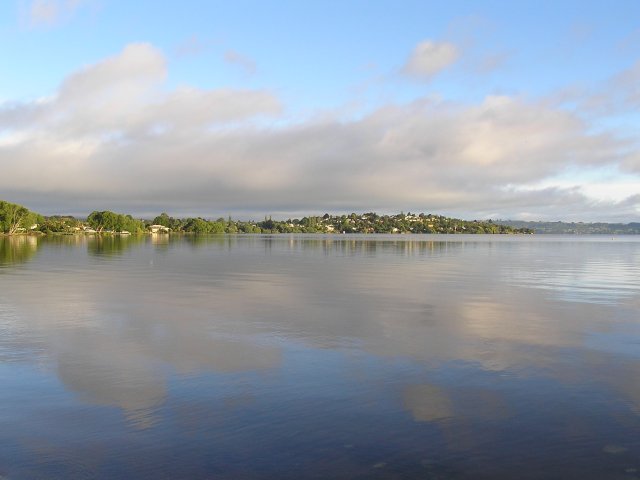
![]()
![]()
![]()
![]()
The wind of the previous days had totally died down and the lake was almost flat calm.
![]()
![]()
![]()
![]()
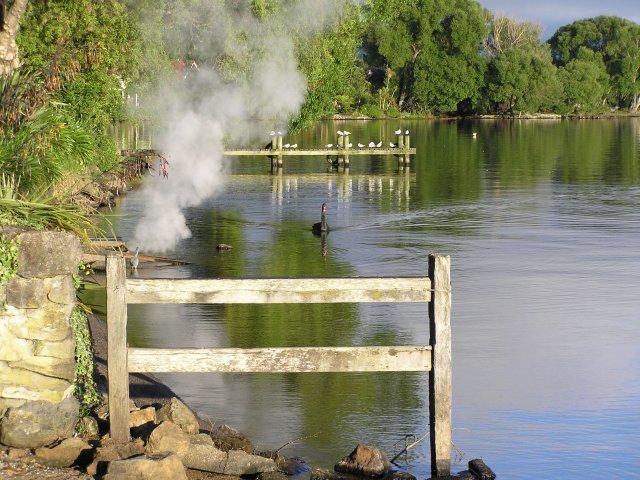
![]()
![]()
![]()
![]()
The steam is from the geothermal heating system of a house on the beach.
![]()
![]()
![]()
![]()
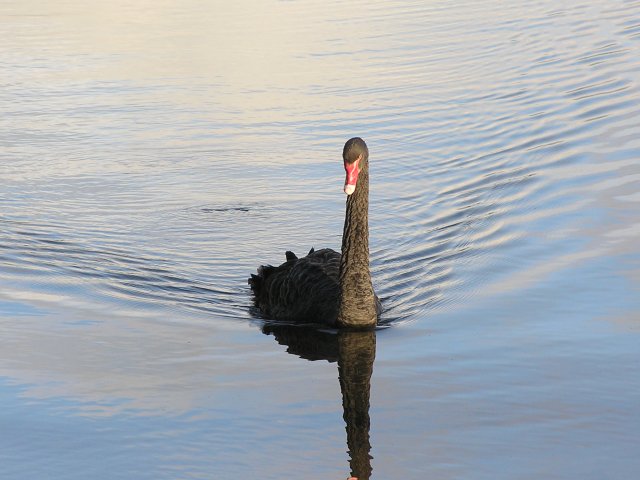
![]()
![]()
![]()
![]()
This black swan saw me and started paddling towards me
![]()
![]()
![]()
![]()
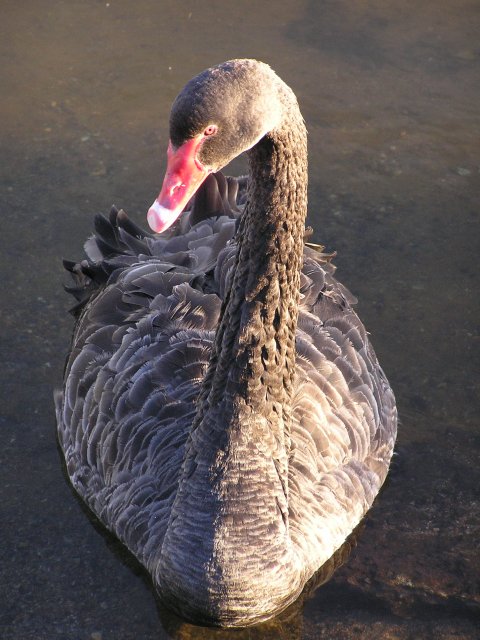
![]()
![]()
![]()
![]()
The swan seemed to be disappointed that I didn’t have any bread for it.
![]()
![]()
![]()
![]()
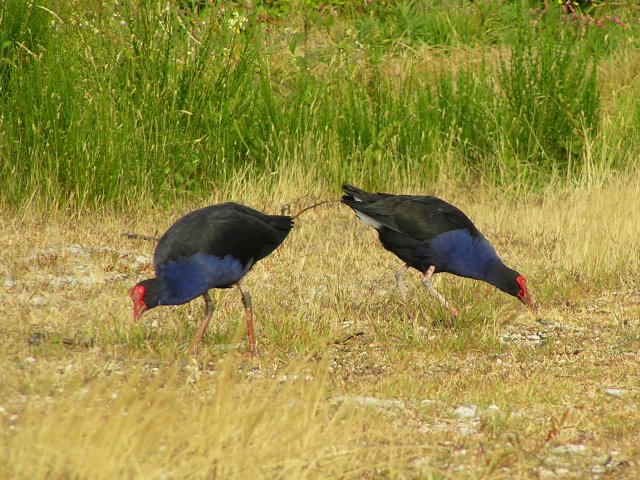
![]()
![]()
![]()
![]()
Pukeko eat vegetation and insects which I think these were pecking for.
Our first stop of the day was at the Rotorua Gondola to the west of the town. This takes you up a hill for a good view of Lake Rotorua.
![]()
![]()
![]()
![]()
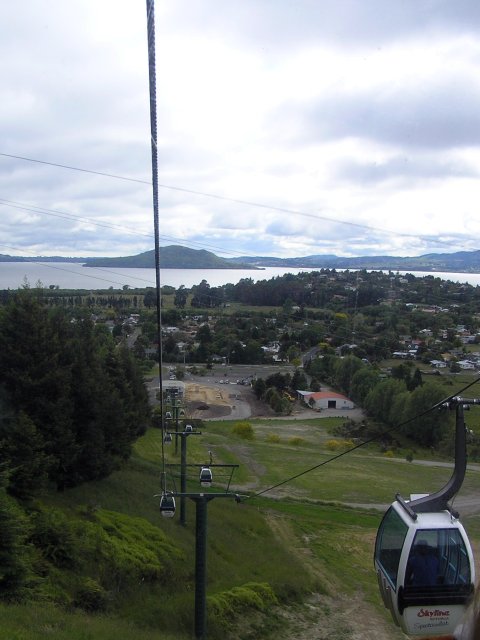
![]()
![]()
![]()
![]()
Taken from inside a gondola car as we went up the hill.
The main attraction at the top of the hill is the luge. The luge can best be described as a gravity powered go-kart. You sit on it and steer with the handlebars that also function as the brake. For maximum speed you gently pull back on the handlebars. Pulling forward more strongly or letting go stops the luge. There are three tracks, an easy, flat route that gives you time to look around and enjoy the views. There also an intermediate and and fast route. I tried all three. To get back up the hill there's a chairlift.
![]()
![]()
![]()
![]()
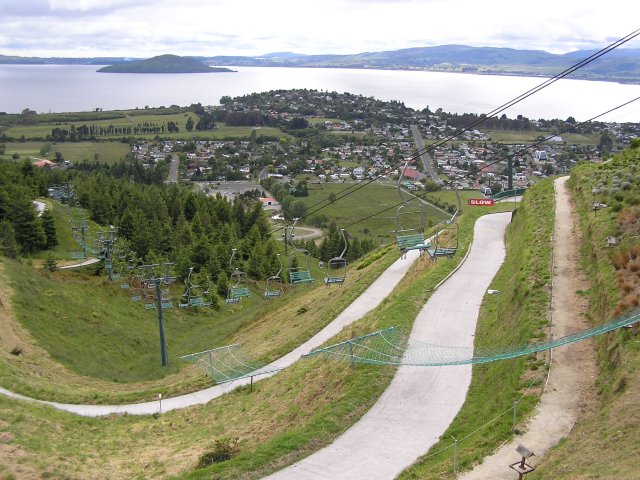
![]()
![]()
![]()
![]()
The chairlift and the fast luge route. There’s a sharp hairpin curve just round the corner!
For lunch we drove to the green and blue lakes area. We found a lookout that gives you a glimpse of both the Green and Blue lakes. We went a bit further to Lake Tarawera and had lunch on the beach at its western tip.
![]()
![]()
![]()
![]()

![]()
![]()
![]()
![]()
Panorama of the Green and Blue lakes (Green to the left).
After lunch we drove to The Buried Village. This Maori village was covered by the fallout from a volcanic eruption in 1886. This also destroyed the famous Pink and White terraces. There’s not much left of the village but some of the huts have been reconstructed to show what the place was like. From the remains of the village the tourist trail passes through a valley and a nice waterfall. It’s quite a steep climb out of the valley so a teashop is a welcome sight at the top.
![]()
![]()
![]()
![]()
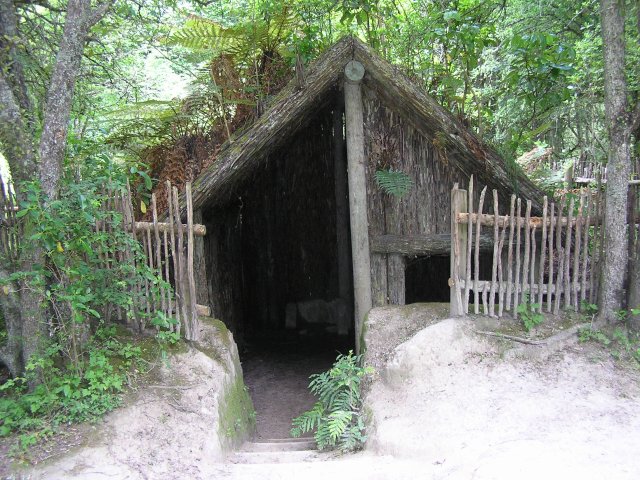
![]()
![]()
![]()
![]()
This Maori hut is a reconstruction. It was originally built at ground level, the steps leading down show how much ash fell during the volcanic eruption.
![]()
![]()
![]()
![]()
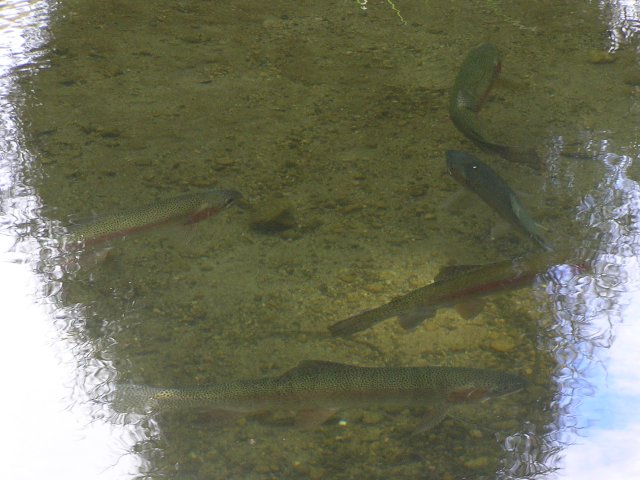
![]()
![]()
![]()
![]()
Rainbow trout living in a stream running through the village.
![]()
![]()
![]()
![]()
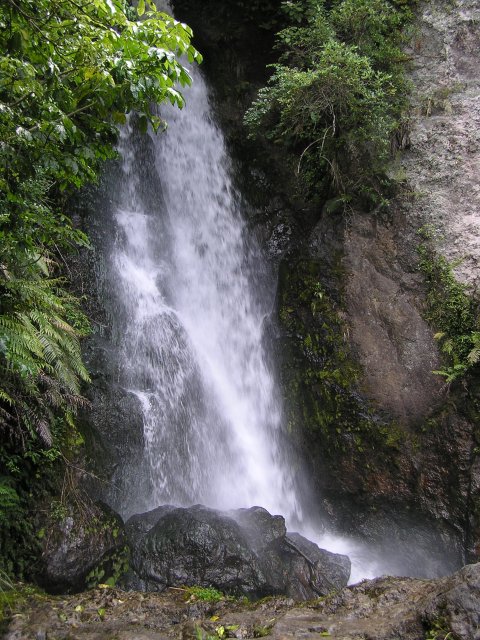
![]()
![]()
![]()
![]()
The tourist route runs down some steps by this waterfall.
We had afternoon tea then drove to Whakarewarewa Maori Institute, just south of Rotorua. The institute was established to “preserve the heritage of Maori people, encourage Maori culture and perpetuate the skills of Maori arts and crafts”. The first stop on the tour is a carpentry school where traditional carving skills are taught. After the school the tour visits a Marae (a Maori meeting house) then there’s a flax weaving demonstration.
There’s also some geothermal activity to look at from more bubbling mud pools to a geyser called The Prince of Wales Feathers. This was much more impressive than the geysers that I saw in Iceland as these were erupting all the time that were were there instead of gushing for a minute every so often.
![]()
![]()
![]()
![]()
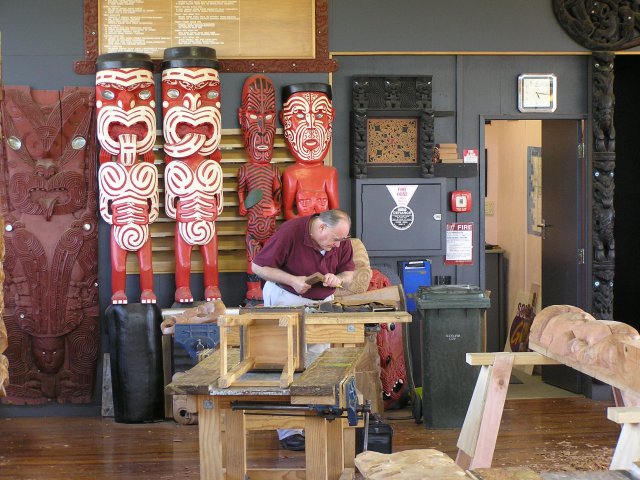
![]()
![]()
![]()
![]()
The wood carving school.
![]()
![]()
![]()
![]()
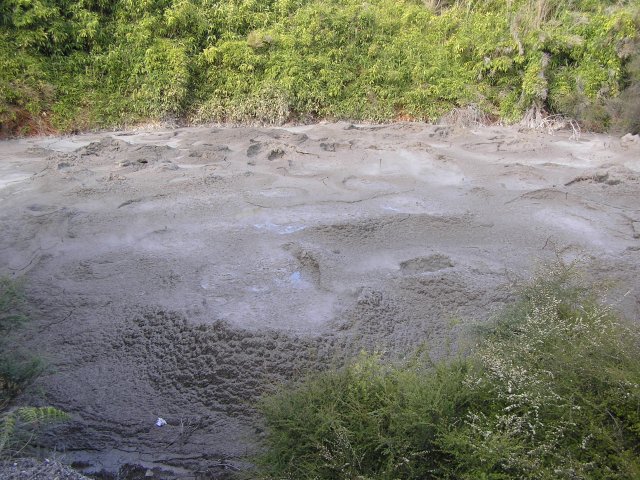
![]()
![]()
![]()
![]()
This bubbling mud pool was much more active than the ones at Hells Gate.
![]()
![]()
![]()
![]()
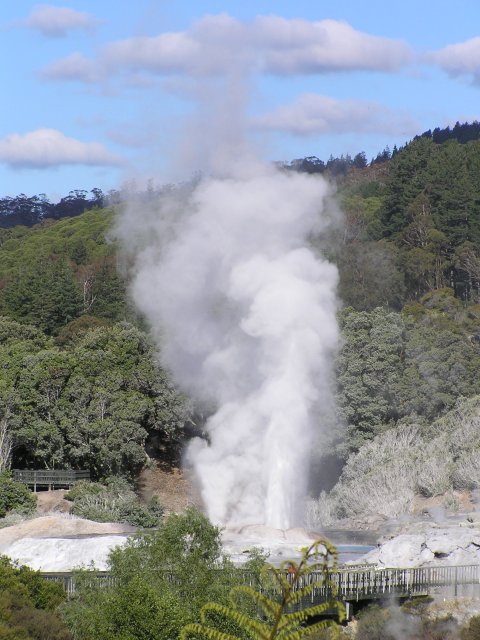
![]()
![]()
![]()
![]()
The Prince of Wales Feathers
After the tour we stayed for the Mai Ora cultural evening. I have to say that this was probably the worst thing that we did on the entire holiday. I’m not a great fan of anything “cultural” at the best of times and this presentation felt incredibly ersatz. However, the Hangi (Maori feast) afterwards was very good. We went back to the campsite feeling very full.